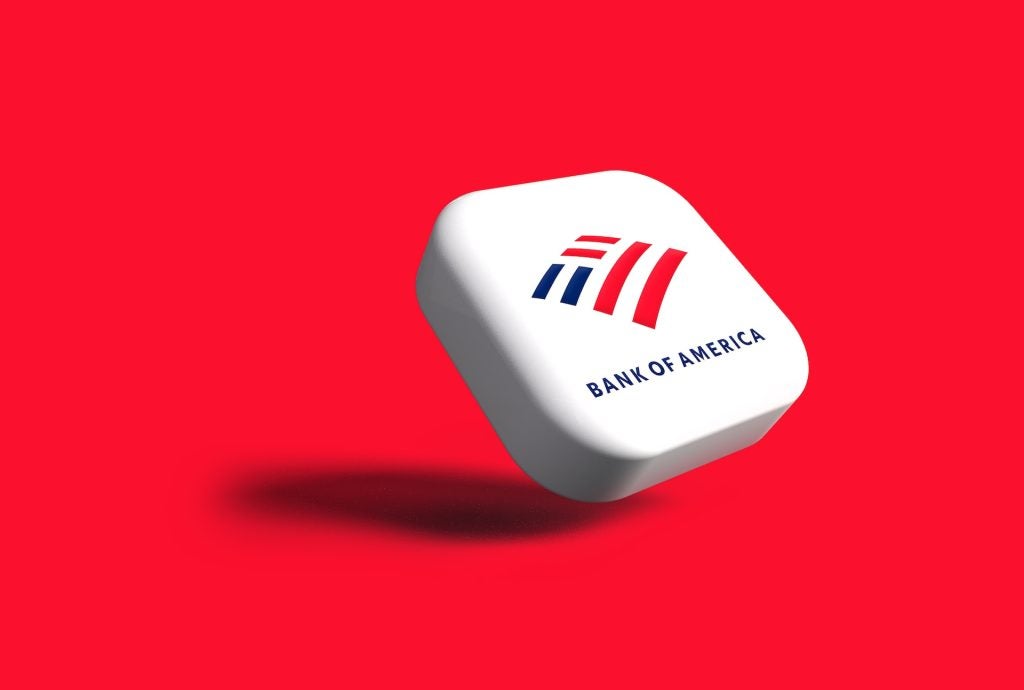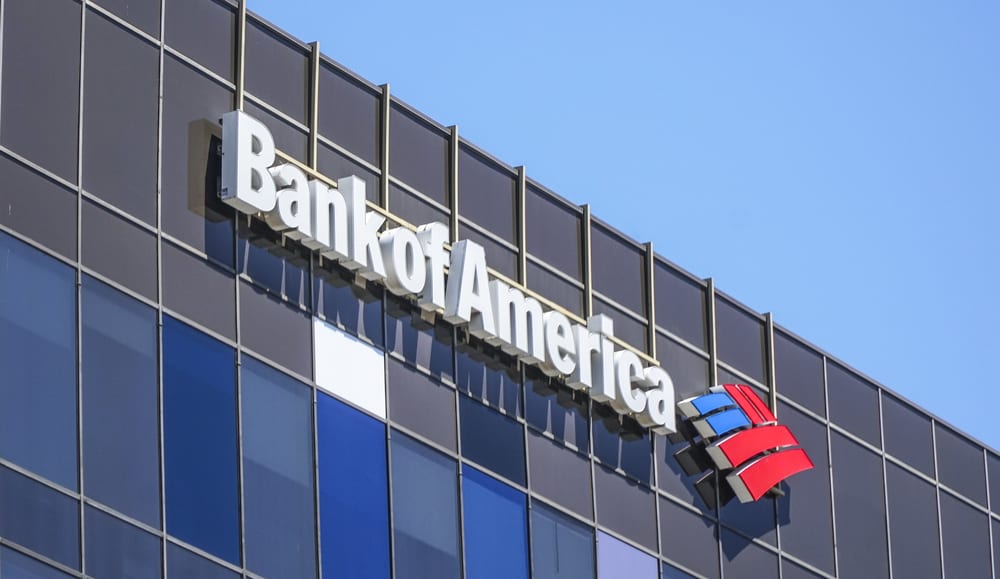and private banking services for entrepreneurs is split, with some
citing the vast AuM potential of the segment and others
highlighting the risks involved. William Cain
reviews Standard Chartered’s latest research on the topic.
 Entrepreneurs and business
Entrepreneurs and business
owners in Asia represent one of the strongest prospects for
expanding assets under management, according Peter Flavel, Standard
Chartered Private Bank’s global head.
Revealing new Standard Chartered (StanChart) research to
PBI, Flavel backed his argument by showing a large chunk
of assets under management (AuM) not held by private banks was in
the hands of entrepreneurs invested in their business holdings. He
said the category made up $14.4 trillion of an estimated $40.7
trillion of global high net worth assets in 2007.
Flavel said: “I strongly believe there is a need for us to grow
the category of private banking. It’s not just about the share of
wallet of people that already use private banks.”
He added there have been 381,000 new HNWIs created in Asia
(ex-Japan) in the last three years, but StanChart research shows
only 20 percent of these currently use private banks. The average
self-made millionaire made their first million at the age of 34,
which Flavel believes has important implications for where banks
target their marketing spend, which typically aims at HNWIs in
their fifties and beyond.
In Asia, nearly two-thirds of HNWIs own a business or regard
themselves as business owners. 58 percent of these have over half
of their wealth invested in their businesses.
How well do you really know your competitors?
Access the most comprehensive Company Profiles on the market, powered by GlobalData. Save hours of research. Gain competitive edge.

Thank you!
Your download email will arrive shortly
Not ready to buy yet? Download a free sample
We are confident about the unique quality of our Company Profiles. However, we want you to make the most beneficial decision for your business, so we offer a free sample that you can download by submitting the below form
By GlobalDataFlavel said: “This is not a particularly diversified portfolio.
Business owners will often say their best investment is their
business, and that may be true. But you also have to ask what the
concentration risk is, and what the succession plans are when they
get older.”
Philanthropy important
 The research shows the provision of philanthropic
The research shows the provision of philanthropic
services is important for banks targeting entrepreneurs, with
three-quarters of respondents saying giving to charity is an
obligation.
Direct property investments (97 percent), cash (89 percent) and
local shares (82 percent) were the investments that gave the
segment “most satisfaction”. Commodities, hedge funds and property
funds were the asset classes which the respondents were most
negative on.
Banking entrepreneurs, according to Flavel, requires strong
co-operation between the private, corporate and retail banks, a
business model StanChart has been trying to foster.
He said: “It’s like a 3 series, 5 series and 7 series BMW, the
different areas are reinforcing rather than internal
competitors.”
That requires referrals between different departments, the
sharing of infrastructure and the occasional recruitment of retail
and corporate bankers into the private bank as relationship
managers.
He said: “People talk about the relationship with the investment
bank. But for us, that’s not the important part – it’s the ‘M’ in
SME, which is what we call local corporates and middle markets.
“Those people have created a huge amount of first- and
second-generation wealth and those business and personal assets
sitting out here in Asia are what we see as the sweet spot – an
opportunity to grow the category of private banking.”
A toxic mix?
Despite the opportunities for growth, banks have to carefully
weigh the risks of getting involved with a segment some senior
private bankers described to PBI as “toxic”. They said the
illiquidity of entrepreneurs’ wealth, which is often tied up in
their businesses and sometimes highly geared, can pose problems to
private banks and strain client relationships.
Given the decline in loan quality even at the highest end of the
wealth spectrum, a theme which has differentiated the current
financial crisis from many before it, there is talk within the
wider wealth management industry about whether having a banking
licence may even be a hindrance, rather than a benefit.
In a Securities & Investment Institute debate at
Haberdashers Hall, London, Andrew Fisher, CEO of Towry Law, a
private and corporate wealth adviser firm, argued that offering
traditional banking services could often damage client
relationships.
Fisher, previously in charge of Coutts, said it did not make
sense to offer basic services to clients which could easily be
dealt with by another provider. He argued Towry Law’s business
model, which takes no risk onto its balance sheet and does not
offer payment services or deposit accounts, was becoming
increasingly attractive to HNWIs wary of banks.
Fisher said: “When I ran the Coutts business, clients there
never complained about us not getting them tickets for the cup
final or any of those kind of things – but when we screwed up their
direct debit we not only risked losing their business but also the
business of 10 other clients.”
Natural complements
 Phillip McIlwraith, group
Phillip McIlwraith, group
commercial director at UK private bank SG Hambros, admitted there
would undoubtedly be changes in the industry in the coming years,
but that the traditional private banking model was far from
dead.
He agreed issuing loans to entrepreneurs and business owners
risked denting client relations, but said banking services, which
make up one-third of SG Hambros’ revenue, remained an important
part of its proposition.
He added 14 of the world’s top 20 wealth managers were private
banks, implying wealth management and banking services were natural
complements.
McIlwraith said: “It is an issue, with increasing margin calls
and the banks becoming ‘nastier’ in enforcing that. I think it’s
important to say that the way a private bank lends is different to
the way you would see a high street bank lend, for example,
particularly to the extent that due diligence is done.
“That process is easier for us with 10,000 clients because we
know more about the people we are dealing with, often what the
credit is for and what their sources of payments are.
“If the client wants to leverage we have to make sure they
understand the risks involved. Credit is very important, is a key
part of our offering, and some of our clients would not be our
clients today if we had not offered it in the past.”
Banking lending services
Prestige credit cards are one product many banks use to serve
HNWIs borrowing needs. They have provided a lucrative form of
income to banks, including during the early stages of the financial
turmoil, though performance for most types of credit are now
starting to look strained.
A breakdown of Standard Chartered’s credit card portfolio
suggests a typical 35 percent return on equity for HNWI card
customers, with loan impairments of around 1 percent, though the
typical payback was longer, at 12 to 18 months.
That compares to an ROE of 15 percent plus on its low and middle
income portfolios, with NPL rates in excess of 8 percent.
There is evidence private banks remain interested in card
lending services despite the downturn, according to George Greer,
head of affluent consumer products at MasterCard Europe. Banca
Popolare di Milano recently brought out a World MasterCard product,
while Kazakhstan’s Kazkommertsbank shrugged off the credit crunch,
introducing a brash $1,000 a month diamond-encrusted card.
Greer said: “Most definitely, mass affluent and HNWI cards offer
a good return on investment because of typical behaviour with the
card, which generally involves a high transaction level, generating
interchange.
“There will usually be some level of revolve on the card because
of the convenience that offers and there is a significant annual
fee attached to these products. It also extends their relationship
with the client because they are giving them something they
appreciate, a service that makes their life easier and delivers
value.”
He added offering lending services should not conflict with or
damage client relationships if the private bank was sound and had
sensible risk management in place.
Credit quality worsening
There is evidence credit quality is worsening, even at the HNWI
level. Credit Suisse Private Banking was one of the first to widely
push lending services and in its most recent third quarter results
revealed its first credit losses since 2004, albeit at the nominal
level of CHF13 million ($10.8 million), still miniscule relative to
its net loans figure of CHF187.2 billion.
Swiss rival UBS also posted a jump in credit losses in its
wealth management and business segment to CHF40 million, compared
to net recoveries of CHF11 million the year before.
It is clear private banking services, particularly lending, help
nurture important relationships in good times.
A former Citigroup wealth management CEO said for every $1 in
loans issued, the bank received $4 back in assets because it earned
the bank a more trusted relationship with clients.
In more difficult times, the relationship is necessarily more
strained. Private banks will need to carefully review the types of
services they provide, particularly in the entrepreneur segment, in
order to avoid nasty future surprises.








